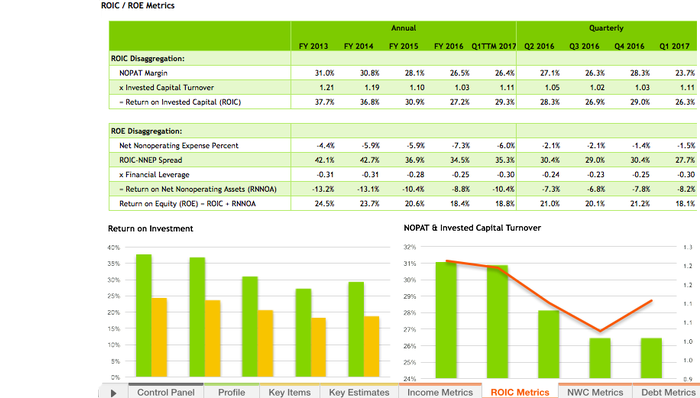One aspect of profiling each API for inclusion in the Streamdata.io API Gallery is actually making a call to each available API. While not every API in the gallery will be 100% tested, we are working overtime to make sure each API we add actually works as promised, and the API definitions we have are up to date and accurate. So we need to be as efficient as possible in profiling each API, and everyone knows the quickest way to get up and running using any API is using the Postman Client. The desktop tool for quickly adding API endpoints, which then allows you to authentication, then add a host, base url, paths, parameters, headers and other elements, and immediately see requests and responses–no coding necessary.
After adding and testing each API we always make sure and export a Postman Collection, which provides a machine readable definition of the API we’ve profiled. Delivering a portable, shareable, runtime definition of each API that can be easily executed by anyone using Postman. Once we’ve tested each API, and exported a Postman Collection, we often times take that definition and convert it into an OpenAPI definition, if we don’t already have one. Sometimes we’ll find the OpenAPI first, and import it into Postman, but often times we’ll start by profiling it using Postman, and then generate the OpenAPI from the Postman Collection. Either way, we end up with an OpenAPI definition, and a Postman Collection for the APIs we are profiling.
Here is the resulting OpenAPI and Postman Collection from the Intrinio Data Marketplace, providing a machine readable definition of the market data APIs they provide:
Postman Collection
We won’t be publishing every OpenAPI, and Postman Collections we generate here on the blog, but will be publishing some of the more interesting ones here on a regular basis. We will also be listing ALL of them as part of each API’s Streamdata.io Gallery profile. The goal is to make each of the valuable resources, as executable as possible. So you can find the API resources you need, then click on its definition, load in your Postman client, and eventually into Streamdata.io. Demonstrating the importance of there being machine readable API definitions for every single API we can get our hands on.
